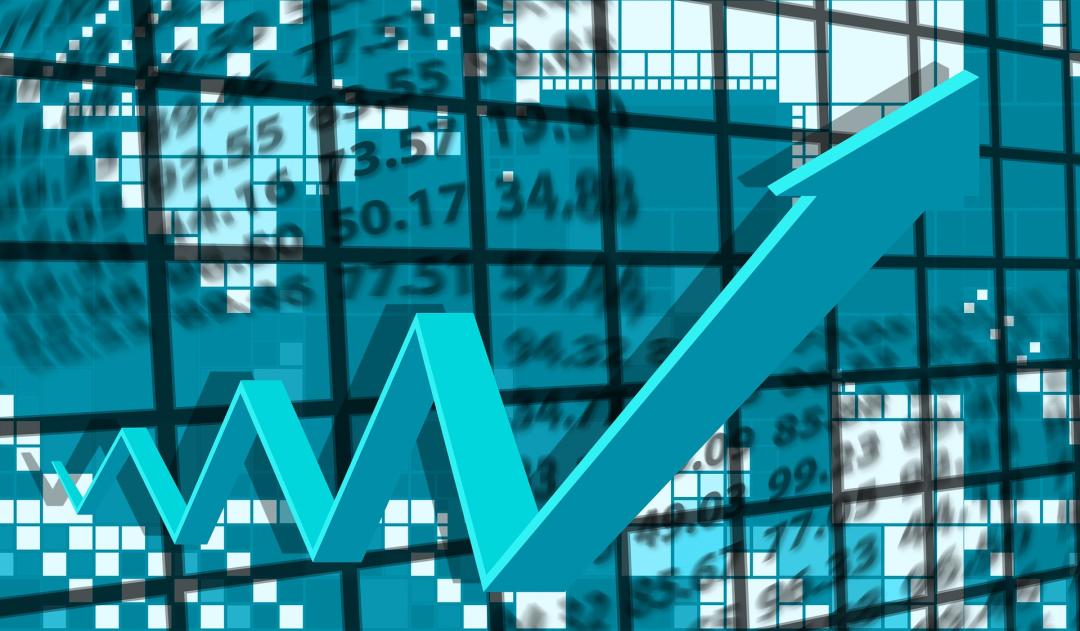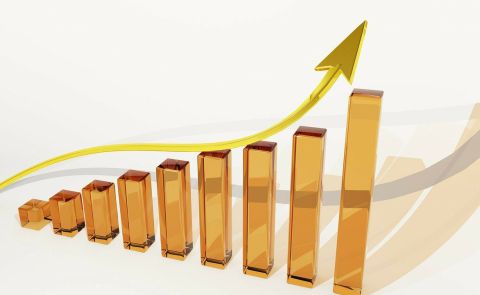
Armenia’s central bank keeps key rate unchanged to control rising inflation

Armenia's central bank held its benchmark refinancing rate at 7.25 percent unchanged to keep increasing inflation under control and balance it with economic development.
The deposit rate was retained at 5.75 percent and the lombard repo rate was set at 8.75 percent.
The central bank hiked the benchmark refinancing rate by 0.25 percent to 7.25 percent in September, the sixth rise since it was lifted by 0.25 percent in February.
After 8.8% inflation in August, consumer prices in Armenia rose 8.9% year on year in September. In September, the consumer price index fell by 0.1 percent after rising by 0.4 percent the month before. In January-September, inflation was 6.7 percent year-on-year. Armenia’s government projects annual inflation in a range of 2.5-5.5 percent in 2021.
Though Armenia's economy has grown rapidly in recent years, a year of restrictions to combat the spread of COVID-19 and a six-week battle between Azerbaijan and Armenian troops over the Nagorno-Karabakh and adjacent regions have taken a toll. In November 2020, Armenia agreed to a ceasefire negotiated by Russia to end the conflict, allowing Azerbaijan to gain territory. In 2020, the country's economy shrank by 7.6%, owing primarily to a drop in services and trade.
In May of this year, the economy began to show indications of improvement. That led to the revision of the economic growth forecast by the government to almost twice the rate it previously predicted – to 6 percent from 3.2 percent.
Gross domestic product (GDP) shrank 3.3 percent year-on-year in the first quarter of 2021, but grew by 13.2 percent year-on-year in April-June and by 17.4 percent compared to January-March of this year.
The central bank revised its own economic growth projection for 2021 upwards to 4.6 percent from 3 percent. The bank said that the economic expansion, among other reasons, would be supported by the growth in the service sector by 6.2 percent, up from its earlier forecast of 1.2 percent.
In addition, industrial output is expected to grow by 4 percent, up from an earlier forecast of 0.4 percent. Higher commodities are also helping fuel growth, as copper is one of Armenia’s main exports.
The World Bank forecasts growth of 6.1 percent in 2021 and 4.8 percent in 2022, while the International Monetary Fund forecasts growth of 6.5 percent this year and 4.5 percent in 2022.
Armenia's long-term foreign-currency issuer default rating (IDR) was confirmed at 'B+' by Fitch Ratings in May, with a stable outlook.
Armenia's economy will rebound somewhat this year and next, according to Fitch Ratings, as the nation recovers from the COVID-19 epidemic and the flash conflict with Azerbaijan.
GDP will expand 3.2 percent in 2021 and 4.0 percent in 2022, the rating agency said, adding that while economic activity was returning, some industries, such as banking, continued to be affected by the recent downturn.
Fitch said that Armenia also had a robust macroeconomic and fiscal policy framework, and credible commitment to reform, both of which were underpinned by the IMF stand-by arrangement.
See Also


Armenia Records 5.9% GDP Growth in 2024, Missing 7% Goal

Yerevan Balances Strategic Ties with Both US and Russia, Says Foreign Minister

FM Mirzoyan: Peace Deal with Azerbaijan Is Within Reach

Pashinyan and Erdogan Hold Call, Reaffirm Commitment to Ongoing Dialogue

